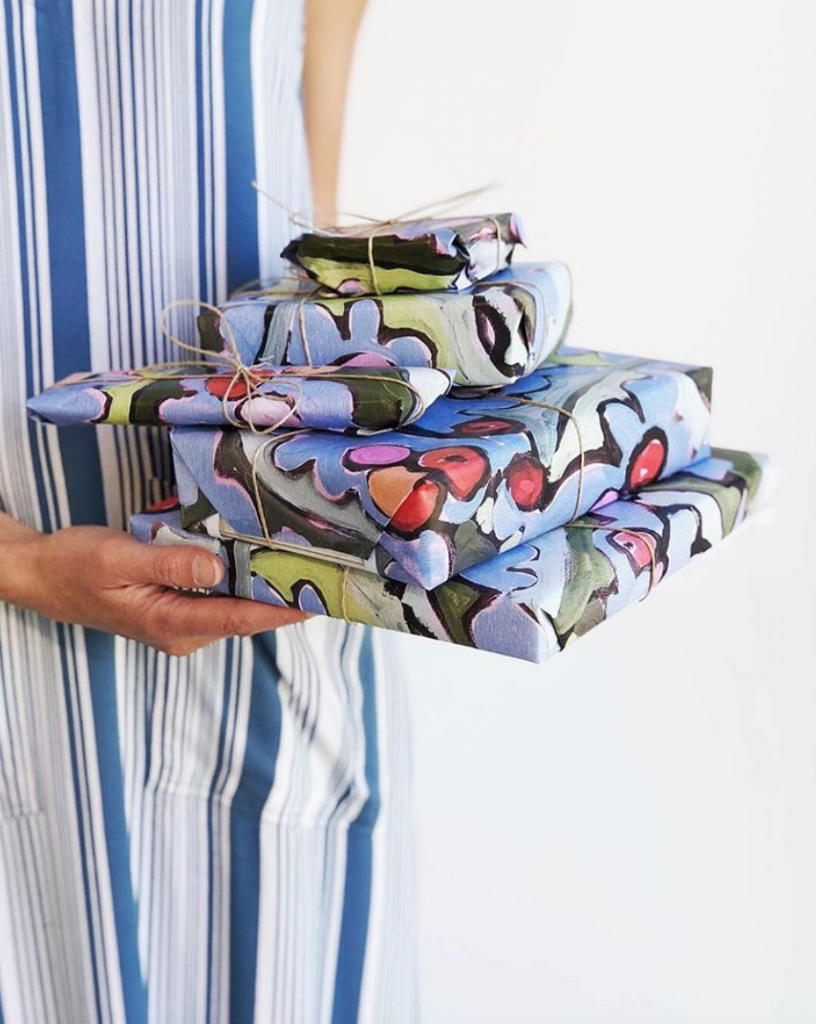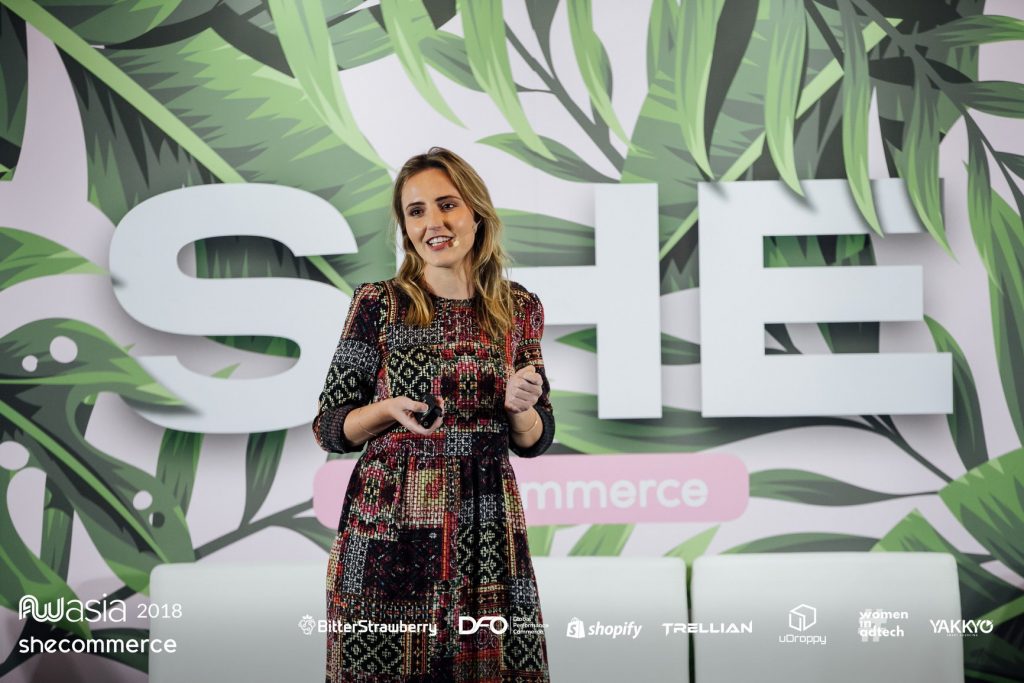“Holiday shopping is so much fun!” said no one ever.
Shopping over the holiday season is stressful for everyone, and I didn’t want to subject myself to crazy long lines and packed shopping malls. Doing so just takes the fun out of picking out presents for loved ones.
This year, I decided to ditch the shops altogether and do all my Christmas shopping online.
But for what I had thought to be a seamless and efficient experience turned out to be, for the lack of a better word, interesting.
I wanted to share my online shopping experiences because there were some small avoidable errors and some great experiences that I think every business could implement.
Read on to find out more about my online shopping experiences this season, and what I learned from transacting with each store.
Clothing from an Undisclosed Brand
Note: so as not to incriminate the store, I will not be disclosing the name of the brand.
I have been following this small business for a long time on Instagram and thought this holiday season was the perfect excuse to justify my first purchase.
And well, let’s just say that my experience buying from them was underwhelming.
I should note that my expectation for them isn’t that high considering they’re only running a small operation. Still, I anticipated that I would not hit many roadblocks, but I was still left disappointed.
I purchased two items that were on sale.
When they arrived, the tops were entirely different sizes, so I decided to return one of the tops.
It proved to be challenging because the order didn’t come with any packing slip or instructions for returns. I had to figure out their return process on my own.
I went on their website to fill out the contact form to organize the return. I heard nothing but radio silence from the brand.
Since I was made aware that the return period was only 14 days, I decided to follow up on Instagram 12 days later to remind them that I had previously reached out through via their contact form.
I got a prompt response, but it was a series of questions about my order. They asked me for my order number, something that they should have already collected from my previous email. They also asked for a proof of purchase, so I sent a screenshot of the order.
They asked me to return the item in exchange for a full refund, and so I did. I didn’t hear anything back from the store again, leading me to reach out via Instagram again, to ask if they had received the item I returned. This correspondence happened four weeks after the initial purchase. This gave me the impression that their only active customer service channel was Instagram. Ideally, as a business, you should have multiple working customer service avenues so consumers can easily contact any way they want to.
After 24 hours, they sent me a refund, but I completely lost my faith in the brand after I experienced such poor customer service. I felt that the brand was unprofessional, and unfortunately, I don’t think I will be going back any time soon.
Key Takeaway: No matter how small or big you are, you need to have a robust return process in place for your business and your customers. When you sell items such as clothing, they won’t always fit the customer as expected so you can assume you will have quite a few returns.
I suggest including your returns process on your product page, as well as printing it out and sending it in the package. It will make it easier for you and your customers.
And, remember… Keep your customers in the loop once you have received the item and processed their refund.
A Juicer from Kogan
I decided to buy a juicer for a family member, and my store of choice was Kogan since their prices are very reasonable for appliances.
On Kogan’s product pages, I felt like they had limited product images, but I was pleased to see that they had a ton of product reviews to skim through that saved me from doing a lot of research. Had they included more photos, I felt like that could have sold me on the product sooner. Since I was in a rush, I went ahead and bought the juicer anyway.
I definitely think by providing more contextual product photos and inspirational images of what juices could be made with the juicer, I would be more inclined to stick to the one site, rather than look on other stores.
 This particular product shot from the brand Breville is helpful because it depicts how a consumer can use the product.
This particular product shot from the brand Breville is helpful because it depicts how a consumer can use the product.
Kogan promised free shipping, but it wasn’t automatically applied at checkout. I can see how this would infuriate other customers hoping to have the promo applied right away. Luckily, I had access to a code that allowed me to snag the free shipping.
From the moment I ordered to the time it arrived at my doorstep, I was updated of the item’s whereabouts via email. Overall, I was happy with how my transaction turned out, as well as the item itself.
Key Takeaway: Product reviews are vital to an eCommerce store. They can influence other consumers’ purchasing decisions, as well as build trust with potential buyers.
Since the product page of the juicer I purchased lacked images, I resorted to the reviews to see if I’m getting value for my money. Reading through them gave me the confidence to hit checkout as I saw how other consumers raved about the product.
If you haven’t incorporated reviews to your store yet, you can use apps and integrations like Yotpo, Judge.me, or Loox to get started. These tools help you collect reviews that you can display on your store’s product pages.
A Gift Voucher from Mecca Cosmetica
I decided to get a voucher for my mother, from Mecca Cosmetica.
I jumped over to the website knowing exactly what I wanted so finding a gift voucher was quick and easy
Even though I was only purchasing a voucher, I was given the option to choose free samples. At the checkout page, there was a list of freebies for me to choose which was a really lovely surprise!
 Screenshot from Mecca’s checkout page
Screenshot from Mecca’s checkout page
The next business day, I got a notification that my order had already been dispatched. Everything was nicely packaged when it arrived, so I felt that they really made an effort in creating a lasting impression for their customers.
The only drawback here was the actual samples were a lot smaller compared to the images on the site.
Based on the photos, I got the impression that I was going to get a smaller sized version of the actual product. Instead, I received small ‘swatch’ cards.
I can’t complain, though. They were free, after all!
 Sample products from Mecca
Sample products from Mecca
Key Takeaway: You know how you love trying out free samples at the grocery store when you’re shopping for food? The same goes online. There’s nothing customers enjoy more than free stuff.
Giving out freebies might be costly, sure, but it can help existing customers know more about your product range and create loyalty with them.
Freebie from Jumbled
Speaking of freebies, I love the holiday initiative from Jumbled. I didn’t purchase anything from them this particular time, but I liked their holiday promo so much that it made me want to share it.
For those who don’t know, Jumbled is a homewares store selling quirky and hard-to-find items.
Over the holidays, they gave away wrapping paper which you could download once you sign up for their mailing list. And the wrapping paper was a print of a painting from one of their artworks that they sell online.
 Downloadable wrapping paper from Jumbled
Downloadable wrapping paper from Jumbled
The giveaway was timed perfectly since it was the season of gift-giving, and it’s a genius technique of obtaining your customers’ emails to remarket to them later on.
Key Takeaway: As I said above, conducting giveaways or giving out freebies is a great way of introducing customers to new products and encouraging them to purchase more from your store. It could also serve as a way to attract other consumers who are otherwise unfamiliar to your brand and what you’re selling.
Jumbled used the holiday season as an opportunity to provide something useful to consumers. In this case, they gave away free downloadable wrapping paper because they know it’s something that their customers would need during the holiday season.
Like Jumbled, you don’t even have to pay a dime to offer freebies. It could be as simple as a free template, like a checklist for decorating a room if you are selling homewares, maybe a free ebook on how to style their wardrobe for the season, or a recipe if you are selling wine. Be creative with your freebies or free samples.
Offline and Online Shopping Experience on Country Road
My shopping experience with Country Road was convenient in the sense that I was able to transact with them both online and offline.
I bought a pair of shoes from them and received the package within just 2 days even with free shipping and a 20 percent discount. I was impressed!
Unfortunately, the shoes were too large, so I needed to return them.
I decided to return them in store as I was headed to the shops. Before going to the store, I went online and checked to see if the size was in stock – I love this feature. It saves so much time.
 Country Road has the ability to check the stock of each store
Country Road has the ability to check the stock of each store
It said that my preferred size wasn’t available in the store, but I went in anyway.
When I went to return them, they did, in fact, carry the size and happily swapped the shoes for me.
Key Takeaway: Make exchanges and returns easy both in-store and online.
That is if you also have a physical store, of course.
So many businesses keep online and offline separate, which is a hassle for consumers who want more options when it comes to return or exchange items. Consumers today expect to be able to shop wherever and whenever they want, and they want to be afforded different ways of returning, too.
There are apps like Finale Inventory, Stock Control, and Cin7 that you can utilize to accurately monitor available stock both in-store and online. This way, stock information is readily available should customers ask whether something is on hand or not.
Hat shopping in Bangkok
Like my experience with Country Road, my shopping trip at a hat store in Bangkok was a mix of offline and online shopping experiences.
Early in December, I traveled to Bangkok to speak at the SheCommerce conference to talk about distributed teams for online merchants.

I had a couple of spare hours, so I decided to duck down the road to one of my favorite markets and shopping areas.
I entered a hat store to look around. I didn’t have my roaming internet on, so I wasn’t able to research the store or brand online.
Most of the time, before I buy a product, I spend time looking online to see how other consumers style or use certain products. I also like to read reviews to know what experiences others have had.
I spent at least a long time umm-ing and ahhh-ing about which hat to buy. Less than 10 minutes in the saleswoman swooped in and pulled out an iPad to show me photos of influencers wearing the product.
 Contextual photos of hats from Utoo House on Instagram
Contextual photos of hats from Utoo House on Instagram
I appreciated her gesture not because I wanted to see who was wearing it, but more so because it gave me an idea of how it could be styled. Seeing other people rock the hat I wanted, made me want to buy it more since I was able to visualize what I would look like wearing it.
Key Takeaway: Online or in-store, customers always want different ways to visualize your offerings. While they can always try it out themselves or see it worn by a mannequin, having photos of other people wear the product would contribute in their buying decision.
You can have photos posted in-store of models or customers wearing or using your products, or you can post user-generated photos or influencer images on your product pages that consumers can sift through rather than them getting distracted and jumping onto Instagram and Pinterest and then never coming back to your store.
 Customer generated images via Rent the Runway
Customer generated images via Rent the Runway
I hope that some of my online shopping experiences have provided you with valuable tips that you can implement in your business.
If we can ever provide any feedback for your store, reach out to us!
Email: hello@pixc.com
Twitter: @pixcphotos
Facebook: here
Instagram: @pixcphotos








